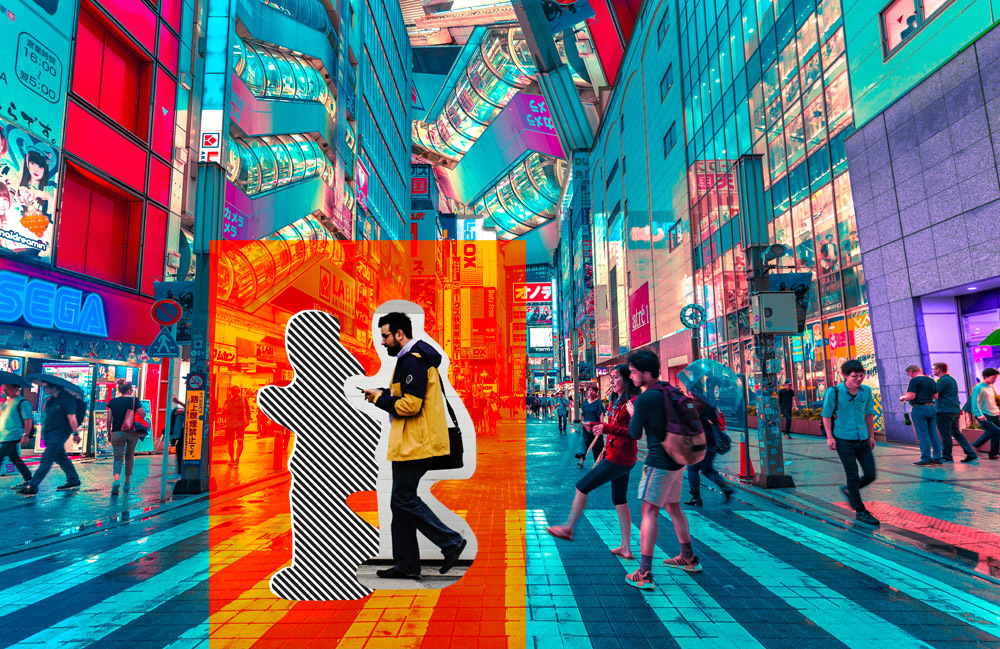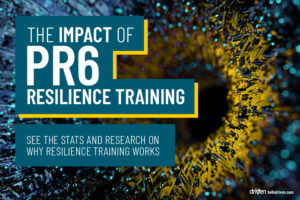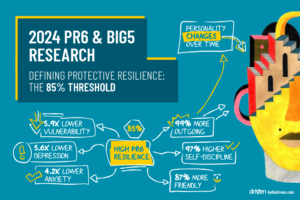There comes a point where you realise that you’ve entered a new season of your life, like on a TV show. The characters are different. The locations have changed. What used to make up the texture of each day has been altered in multiple ways – large and small.
And how much has changed?
In February 2021, 41% of employees worked from home at least once a week, up from 24% once a week prior to March 2020 (ABS 2021). Half of these employees expect that they’ll continue working from home the same for at least the next six months (ABS 2021).
At least a third of adults had less contact with family and friends; similarly, loneliness was reported as the most common personal source of stress (ABS 2020). Despite these large increases in remote work and in loneliness amount, 17% of women and 11% of men still want the amount of remote work to increase (ABS 2021).
Businesses have had to pivot in this new circumstance. Sometimes, this has meant shuffling employees around to new responsibilities as the market shifts; sometimes, this has meant changing course altogether. This has resulted in significant burnout for many employees. A study by Microsoft shows that 40% of the global workforce have considered leaving their jobs this year.
This study also found that 73% of employees want flexible and remote work to continue – even while nearly 70% also want more face-to-face time with their co-workers. How can both be done effectively? That is the question that will shape the next era of work.
The new hybrid model is clearly set to sweep the global workforce. Australians will have a strong taste of how this will look, as businesses begin trickling their workforce back to the office post-lockdown.
In this new season of life, how should we transition back to “normal” life post-lockdown and post-pandemic?
With over 40 percent of the global workforce considering leaving their employer this year, a thoughtful approach to hybrid work will be critical for attracting and retaining diverse talent.
Microsoft Tweet
The Five Stages Of Post Pandemic Adjustment
Elisabeth Kübler was five years old when she was hospitalised for pneumonia. Her roommate in the ward passed away peacefully – Elisabeth’s first experience with death. She eventually developed a program for terminally ill patients that was dedicated to providing them with dignity and peace. Remarkably, 94% of her patients significantly improved in their mental wellbeing. After decades of work with terminally ill patients Elisabeth proposed The Five Stages Of Grief as the process in which people adjusted to their new circumstance of being terminally ill.
While new models of grief are now used more often, the Five Stages Of Grief are still well known as a way to process different forms of loss.
During the pandemic, a lot has been lost – whether income, or routine, or structure. People have had degrees postponed, lost free time to home-schooling, and lost their plans for travelling. People’s friend groups have shifted – those who you would usually see weekly suddenly dropped out of contact; other tech-savvy friends suddenly became everyday virtual companions. Even hobbies and interests changed. Rock climbers took up baking; avid Netflix-watchers learned new languages; hockey players tried oil painting. And be honest, we all tried out the sourdough thing.
At work, businesses have had to pursue new goals, pivot in marketing, and lean into hybrid and remote models. Workers were not just working from home – but also often had to do new types of work. Common scenarios included having to pick up the extra work from co-workers who were faced with sudden pandemic-related challenges, like suddenly needing to home-school full time or provide more care for disabled family members.
It’s been an enormous time of change. On that, everyone agrees.
And now we’re all going back to “normal”.
Here are the five stages of post-pandemic adjustment.
First Stage – Trepidation
When you first realise that your society will start trickling back into the office and school, there’s a strange sense of anxiety. Will you be able to cope with the commute again? Do you remember how to give presentations? What do you even say to people for small talk these days?
As much as you may have wanted to leave behind the isolation and return to what you thought was normal, you suddenly realise that – somewhere during this crisis – your idea of normal shifted. And what used to be normal is now a little strange.
Second Stage – Preparation
If you’ve been remote in the Sydney lockdown, for example, odds are that your workbag has sat in your closet for months. Jeans? I don’t know her. Heels? Never again.
You begin getting out the old work outfits, prepping your meals and packing your umbrella. You begin to make plans with friends and family for the day when you can see each other again. You start plotting your holidays. You renew your public transport cards or fill up the car.
If you’re an employer, your preparation is one of the most important times for your company. The transition back to work needs careful thought and planning.
Third Stage – Elation
Oh, the bliss of dinner with friends. The joy of seeing the sights of the city. You even enjoy the sounds of screaming children in the park and the bustle of the train station. You look forward to going out, having friends over, and dropping your kids off at school for the whole day!
One of the things that we look forward to regaining is our anchors. The things that mark the passage of time – birthday celebrations, weddings, Christmas dinners. Even little things like coming home from work act to anchor us into the flow of life and stop the days from feeling like a blur.
Fourth Stage – Lamentation
At some point, the loss sets in. Going back to work means no more midday baths. No more long breakfasts. No more pants-less zoom calls (just me?). But you also discover that some things don’t come back. Your favourite stores closed down, your children have changed and grown, and you will never get back those lockdown birthdays or your graduation ceremony.
Your sorrow is the inevitable result of circumstances beyond your control.
Elisabeth Kübler-Ross Tweet
The early 2000s often felt characterised by a sense of optimism and hope. In some ways, the world now feels tumultuous and uncertain, pockmarked with political division and coloured over with society-ending worries of climate change and societal breakdown. For many people, their lives return to normal, but the world around them appears to get more and more chaotic. This disparity can cause grief for an era gone by.
Fifth Stage – Association
This may seem like an odd stage. Surely, acceptance is the final step in transitioning to our new routines?
But, in fact, people never really settle into changes until they connect to others. Adjustment comes when you settle into a supportive network and get to feel like part of a community again.
When I went back to work, it all felt a little alien. This was compounded by the masks and the empty elevators. The minute it all clicked into place was the minute all my coworkers came back to the office, and we finally got to debrief – in person – about these last crazy few months.
This is the crucial challenge of our time: creating connected communities in workplaces (and everywhere) that can help anchor people through change.
This is why we developed Resilience First Aid. This program targets the whole culture to lift into wellness together. Resilience First Aid has been designed to help people have proactive conversations and teach skills to connect to others and protect against mental illness.
This is the crucial challenge of our time: creating connected communities that can help anchor people through change.
How to Ease The Transition
In order to reduce employee turnover and disruptions when transitioning back to the office after lockdown, businesses and employers need to be proactive. Remember, your employees didn’t just work from home for a couple of months – they lived through a pandemic and global crisis. Their lives have been impacted in countless ways. Data shows a disconnect between employers and employees, with employers often overestimating how well their people are coping.
Ideas for organisations might include:
- Flexible hours and arrangements – Microsoft comments that “a thoughtful approach to hybrid work will be critical” to retain workers moving forward.
- Creating spaces in the office that can be kept quiet
- Debriefing the last year or two as a team
- Having some fun together as a workplace
- Working through a resilience program
- Certifying workplace leaders as resilience champions
Resilience First Aid is for organisations looking to provide the best training to their people to build a culture of proactive care. This is a high-impact course that teaches you practical skills alongside the latest neuroscience of preventative mental health. As part of completing the RFA Responder course, you will receive:
- 14 hours interactive training on preventative mental health skills
- Completion certificate for 14 hours Continuing Education Credits where applicable
- 12 months access to the Driven Resilience Training programs with full mental health and resilience training courses, including the Driven Resilience App
- Resilience First Aid kit including physical resources to facilitate conversations and enhance learning
- Community access to connect with other responders



